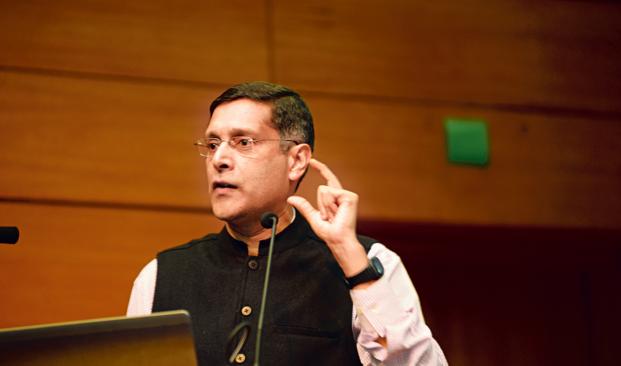-
Tips for becoming a good boxer - November 6, 2020
-
7 expert tips for making your hens night a memorable one - November 6, 2020
-
5 reasons to host your Christmas party on a cruise boat - November 6, 2020
-
What to do when you’re charged with a crime - November 6, 2020
-
Should you get one or multiple dogs? Here’s all you need to know - November 3, 2020
-
A Guide: How to Build Your Very Own Magic Mirror - February 14, 2019
-
Our Top Inspirational Baseball Stars - November 24, 2018
-
Five Tech Tools That Will Help You Turn Your Blog into a Business - November 24, 2018
-
How to Indulge on Vacation without Expanding Your Waist - November 9, 2018
-
5 Strategies for Businesses to Appeal to Today’s Increasingly Mobile-Crazed Customers - November 9, 2018
Economic Survey of India 2015-16: Highlights
“The (Indian) market has rebounded time and time again, and it is hoped that as the global financial markets settle down, India can become the leading investment destination owing to its robust macroeconomic fundamentals”, as per the 2015-16 report card of the state of the economy tabled by Finance Minister Arun Jaitley in Parliament today.
Advertisement
On October 2, 2015, India also submitted its Intended Nationally Determined Contributions (INDC) to the UNFCCC which aims to reduce its emissions intensity of its GDP by 33-35 percent by 2030 and set a target to attain 40 percent cumulative electric installed capacity from non-fossil fuel based energy resources by 2030.
Realizing India’s medium term growth potential of 8-10 percent will require rapid growth of export.
As per the information of the Department of Agriculture, Cooperation and Farmers Welfare for 2015-16, the production of food-grains and oil-seeds is estimated to decrease by 0.5% and 4.1% respectively, while the production of fruits and vegetables is likely to witness a marginal rise.
The growth in agriculture sector in 2015-16 has continued to be lower than the average of the last decade, mainly due to second successive year of lower-than-normal monsoon.
CPI inflation seen around 4.5-5% in 2016-17.
India’s external debt to GDP ratio is within safe limits at 23.7 percent, said the survey. Moreover, there has not been any significant change in the expenditure on health as a proportion of GDP, which has remained stagnant at less than 2% per cent during 2008-09 to 2014-15. Highlighting the need for an all inclusive healthcare policy, the survey said, “Economic development needs to be inclusive by involving all sections of society, deprived and marginalized groups like women and children, scheduled tribes, scheduled castes, the differently abled and senior citizens”. In 2013-14, expenditure on health was 18.6% of the total spend on social services.
The LFPR for women is significantly lower than that for males in both rural and urban areas.
Advertisement
It refers to a sum of money extended through a government grant to keep the price of a commodity low.





























